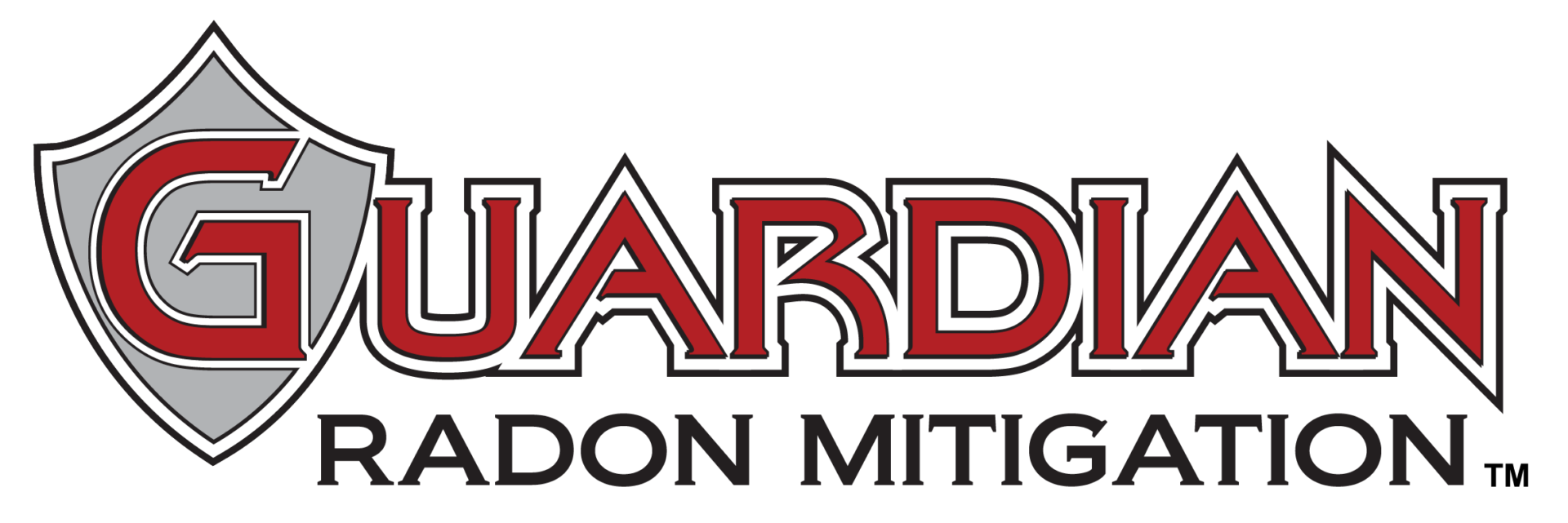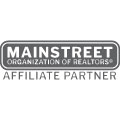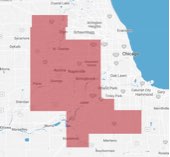Radon Levels and Renters ~ What Every Tenant Should Know

Unlike homeowners, many renters do not have the professional guidance such as a realtor or attorney when they are looking to sign for a new lease. Renters therefore infrequently will do their due diligence with regards to having any home inspection performed, or environmental testing such as a radon test prior to signing their lease. Here lies the problem ~ as a renter you may be signing for lease unaware of any potential dangers in the home or apartment. As of December 29, 2011 approximately one-third of Illinois housing was being rented (Source: IEMA Press Release)
Illinois passed a “new” law on January 1, 2012 to help renters learn more about Radon levels in their home. If the building that you are living in has been previously tested for Radon, the landlord is required to inform you in writing that a radon problem may exist. Prior to signing your lease, be sure and ask about this. If the home or building has NOT been tested, then conduct your own radon test either with a home test kit or licensed testing company. The IEMA recommends that all homes be tested below the third floor. Because Radon is a soil gas, the highest levels are likely to occur in the lowest levels.
What can you do if you find elevated Radon levels in your place of residence?
Because radon mitigation is considered a remodel project and requires repairs to the building, it is often the landlord or building owner that would have to authorize having the repairs done – not the tenants. If your home has high levels of Radon there are steps that you as the tenant can take to see that the problem gets fixed.
1.) Inform the building owner in writing that the home has tested elevated for Radon Gas. Be prepared to provide a copy of the radon results. Ask for details from the owner on how they plan on fixing the problem.
2.) If you live in an multi-unit building, share your information with your neighbors and encourage them to do their own testing. Remember, just because your unit has tested elevated, there may be other areas of the building that do not. Once others have confirmed, we recommend the same steps be taken. Present the information in writing to the building owner.
Useful Tenant Checklist:
*Check the building that you live in. Has it been tested for Radon? If so, ask for the results in writing. If it has not, perform a test yourself or hire a licensed testing company to do so.
*If your radon levels are at 4.0 pCi/l or higher, present to the building owner in writing with a request for further testing and/or installation of a radon mitigation system.
*If your rented home or unit has elevated levels and you are in need of further assistance, contact the IEMA Radon Hotline at 1-800-325-1245
Lastly, with regards to Radon levels in any type of real estate transaction – purchase, lease or rentals, Illinois has mandated a “disclosure law” only. Be sure and do your due diligence and protect yourself and your family. With this law now in effect, it is a step in the right direction for tenants in Illinois.
*Special thank you to the IEMA for providing some of this content
Additional links:
http://www.iema.illinois.gov/HomePage_Content/PressRelease12_29_2011_RadonTennants.pdf
http://www.state.il.us/iema/radon/pdf/RadonGuideForTenants.pdf
Back To Blog






